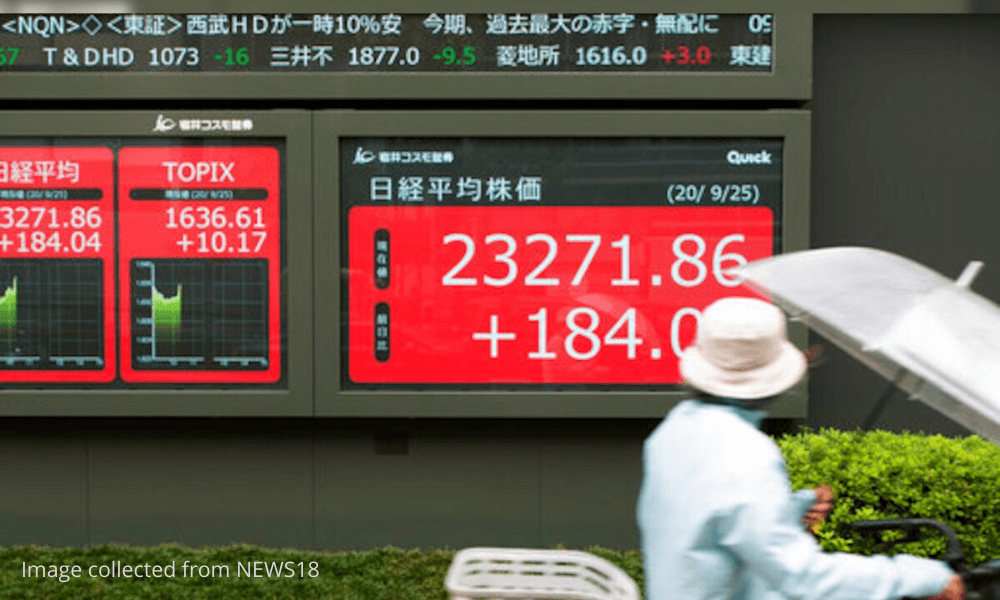
After a stormy Wall Street session, Asian stocks and futures plummeted on Tuesday, with investors concerned about the situation in Ukraine and keeping an eye on the US Federal Reserve amid concerns of a worldwide tightening of monetary policy.
NATO announced on Monday that it was putting soldiers on alert and bolstering eastern Europe with extra ships and fighter jets in response to Russia's troop build-up on the Ukraine border, which Russia called "hysteria."MSCI's broadest index of Asia-Pacific stocks outside of Japan down 1.2 percent to its lowest level in a month, while Japan's Nikkei fell 2% to its lowest level since August.
There were significant drops all around the region. Hong Kong's Hang Seng Index sank 1.64 percent, while Korea's KOSPI fell 1.67 percent. The Australian benchmark fell 2.73 percent to an eight-month low, weighed down by a strong inflation reading released Tuesday morning, which fuelled expectations of imminent rate hikes in Australia. [AZN0236PW]
Concerns about quicker US rate hikes, escalating tensions over Ukraine, rising inflation, and higher oil costs were dragging Asian markets lower, according to Carlos Casanova, senior economist at UBP.
"On the plus side, values are improving and profits growth is still strong in some industries. As a result, I believe the market will be in a tug of war this week "he stated
After U.S. stock markets rallied strongly late in the session to close higher, recouping severe losses taken earlier in the day, bargain-seeking investors snatched up shares, U.S. futures also fell in Asian hours, with Nasdaq futures losing 1.2 percent and S&P500 futures losing 0.95 percent.
The Dow Jones Industrial Average finished 0.29 percent higher, the S&P 500 0.28 percent higher, and the Nasdaq Composite 0.63 percent higher. [.N]
The Federal Reserve will begin its two-day meeting later on Tuesday, keeping traders on their toes, with investors speculating that there is a slight chance that they may announce a surprise rate hike.
Investors are also keeping their eyes peeled for any clues regarding the timing and speed of interest rate hikes planned later this year. The first-rate hike is expected in March, followed by three more quarter-point hikes by the end of the year.Standard Treasuries in the United States, on the other hand, we're avoiding some of the speculations. Benchmark 10-year note yields were unchanged on the day at 1.76 percent, having concluded a tumultuous day of trading Monday around where they started. [US/]
On Tuesday, Singapore's central bank tightened monetary policy in an out-of-cycle action.
The dollar rose against most of its peers due to market jitters. After gaining 0.29 percent overnight, the dollar index stood at 95.922, close to a two-week high. (FRX)
After the high inflation report, the Australian dollar rose briefly but failed to hang on to its gains, and the risk-friendly currency was still hovering near the one-month low set the day before.
Oil prices were also up, which worried stock investors even more. U.S. crude increased 0.5 percent to $83.73 per barrel, while Brent crude rose 0.65 percent to $86.83. [O/R]
As investors sought protection, gold hung on to its recent gains. The spot price was $1,841 per ounce, unchanged from the previous day but close to the two-month high of $1,847.7 set last week. [GOL/]
Source